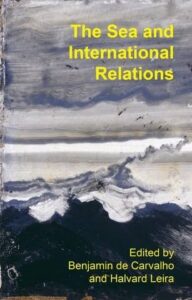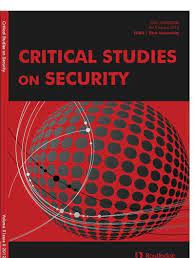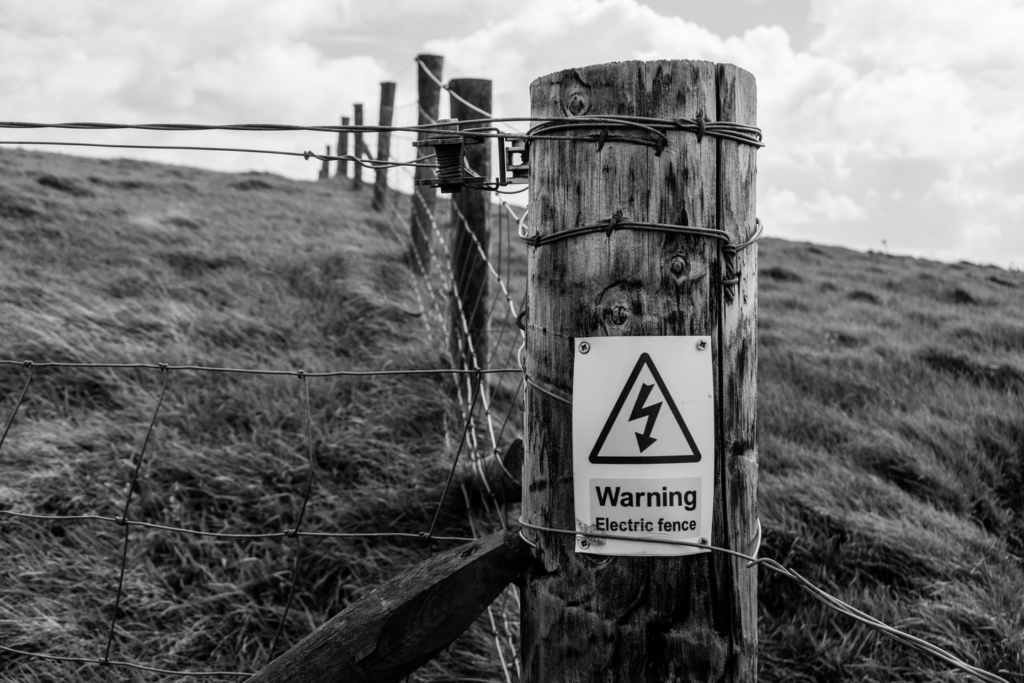
This chapter tackles seascape as a symbolic space. It explores the political symbolisation and the symbolic power of the sea via a twofold empirical focus. The first move examines the maritime imagining of a nation-space with the example of Estonia’s ex-president and ethnographer Lennart Meri’s historical travelogue Hõbevalge [Silver White] (1976). This imaginative reconstruction of Estonia’s ancient seafaring history and connectivities with the Baltic Sea region and beyond was a conscious exercise in linking a forgotten Baltic province to the mental map of a Nordic-Baltic region. Silver White provided a national mythology for a small nation which was denied an autonomous political present and future as part of the Soviet Union. As a second move, the chapter looks at the emerging maritime posture and posturing of NATO in the Baltic Sea region. Proceeding from Catherine Bell’s understanding of ritualisation as a culturally strategic way of acting in the world and exercising power, NATO’s maritime presence in the Nordic-Baltic space emerges as a case of ritualised performance of deterrence towards Russia. In both instances of cultivating a national mythscape via the sea and performing a multinational military alliance via exercising extended maritime deterrence, the Baltic Sea emerges as a crucial arena for creating and enacting political subjectivities and communities in world politics.



